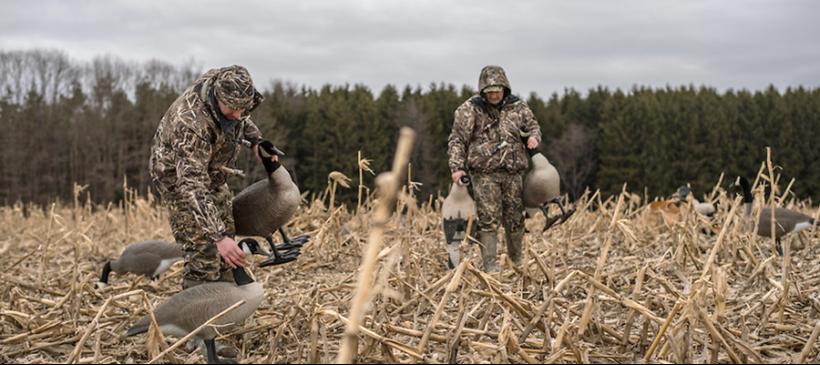WATERFOWL HUNTING Market in 2015
- August 4, 2015
- By Cody Larrimore
- Research



Whether you’re a waterfowl hunter, a business owner who supports waterfowl hunting, or simply a waterfowl watcher, if you haven’t attended the Waterfowl Festival in Easton, Maryland, I highly suggest adding it to your 2015 calendar. Each November, exhibitors from across the U.S. flock to this quaint, country town nestled in the heart of the Eastern Shore. Displays of sculptures, carvings, and paintings fill the streets, creating a waterfowl enthusiast’s paradise.
One of the primary events during this festival, and my personal favorite to attend, is the World Championship Goose Calling Contest. Here, hundreds of participants try to best each other, competing in a wide array of categories.
Waterfowl Call Market Exceeded $71.4 Million in 2013
I grew up waterfowl hunting here, on the “shore.” I’m accustomed to the different calling techniques, frequencies, and tones that we imitate using a call. However, what continues to surprise me is how many different brands and models of calls are on the market today.
Using data reported by Southwick Associates, it’s estimated that in 2013 the total size of the waterfowl call market exceeded $71.4 million. This number does not take into account accessories such as reeds, lanyards, and replacement parts. That’s 31 percent of the entire “call” market. The only category that exceeds waterfowl in terms of total market size for game calls is predator hunting.
Where are hunters purchasing their calls? Large outdoor specialty stores account for nearly one-third of waterfowl call sales with $22.7 million. Websites are next with $13.8 million in sales, followed by local retail stores with $11.1 million.
The Waterfowl Festival also features decoy exhibits, carving competitions, and more. It’s an opportunity for both small, independent operations and larger manufacturers to showcase their latest models and designs.
Waterfowl Decoy Market Represented 55% of Entire Decoy Market
Each year, the waterfowl decoy market becomes more expansive. In 2013, the waterfowl decoy market was estimated to be more than $52.3 million. While it’s common to use decoys in other forms of hunting, waterfowl decoy purchases represent 55 percent of the entire decoy market.
As with the call category, the large national retailers lead the way, recording 2013 sales of $22.9 million. General sporting goods stores posted sales more than $9 million in sales, followed by websites with $5.1 million in sales.
Game calls and decoys aren’t the only items that fill a waterfowl hunter’s arsenal, though. Based on Southwick Associates’ Waterfowl Hunter Report, in 2012 waterfowl hunters who hunted at least once annually spent $1.2 billion on items ranging from hunting dogs to ammunition.
Money spent in additional waterfowl categories includes $127 million on shotguns, $84 million on ammunition, $25 million in guide fees, and $17 million on game processing and taxidermy.
Companies are expanding their product lines and producing new models each year. Savvy business owners will take advantage of this large market by keeping up with trends and stocking the newest products available.
